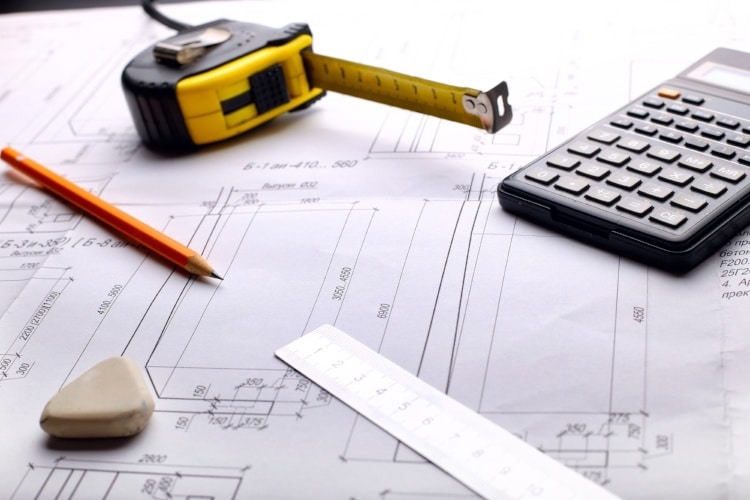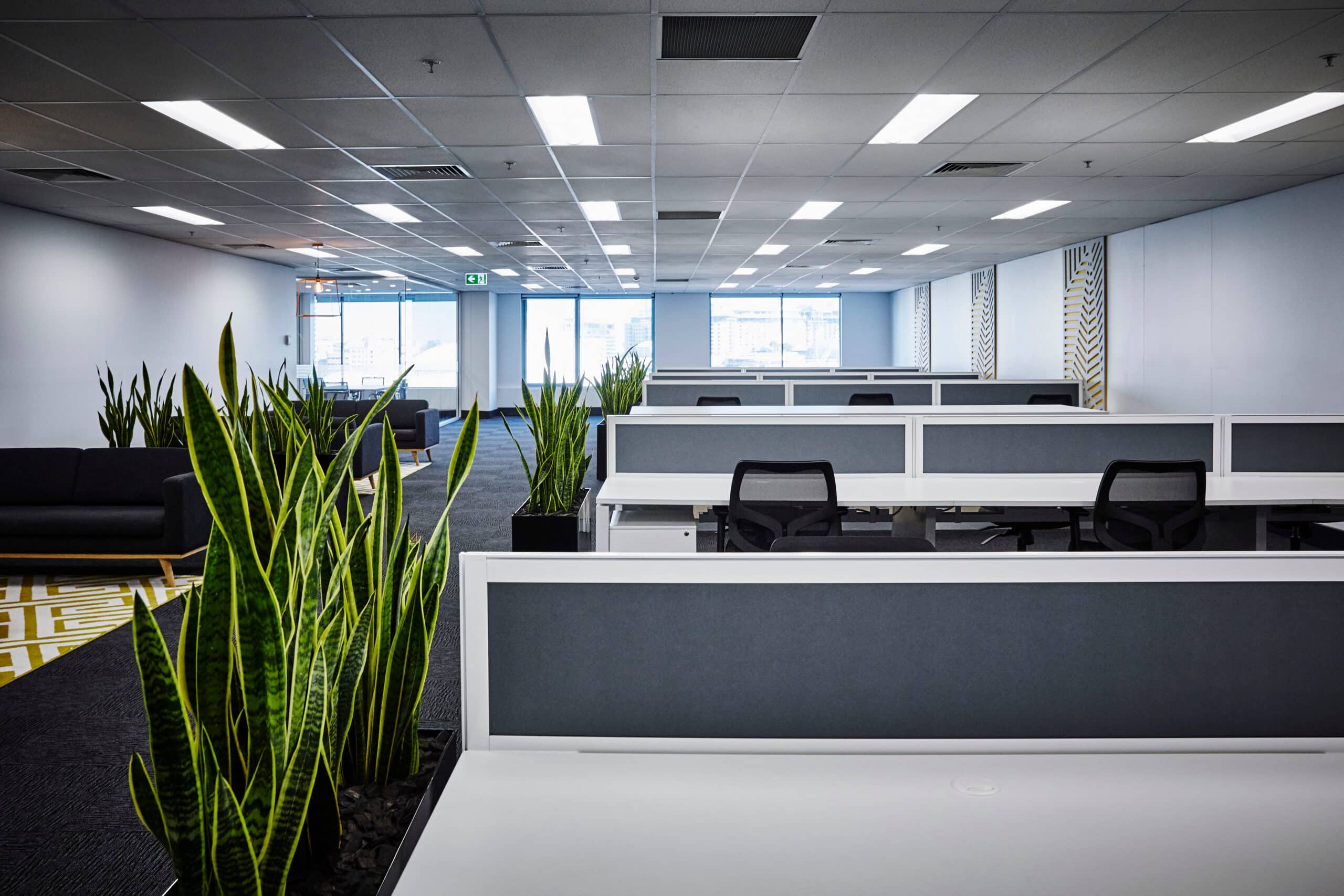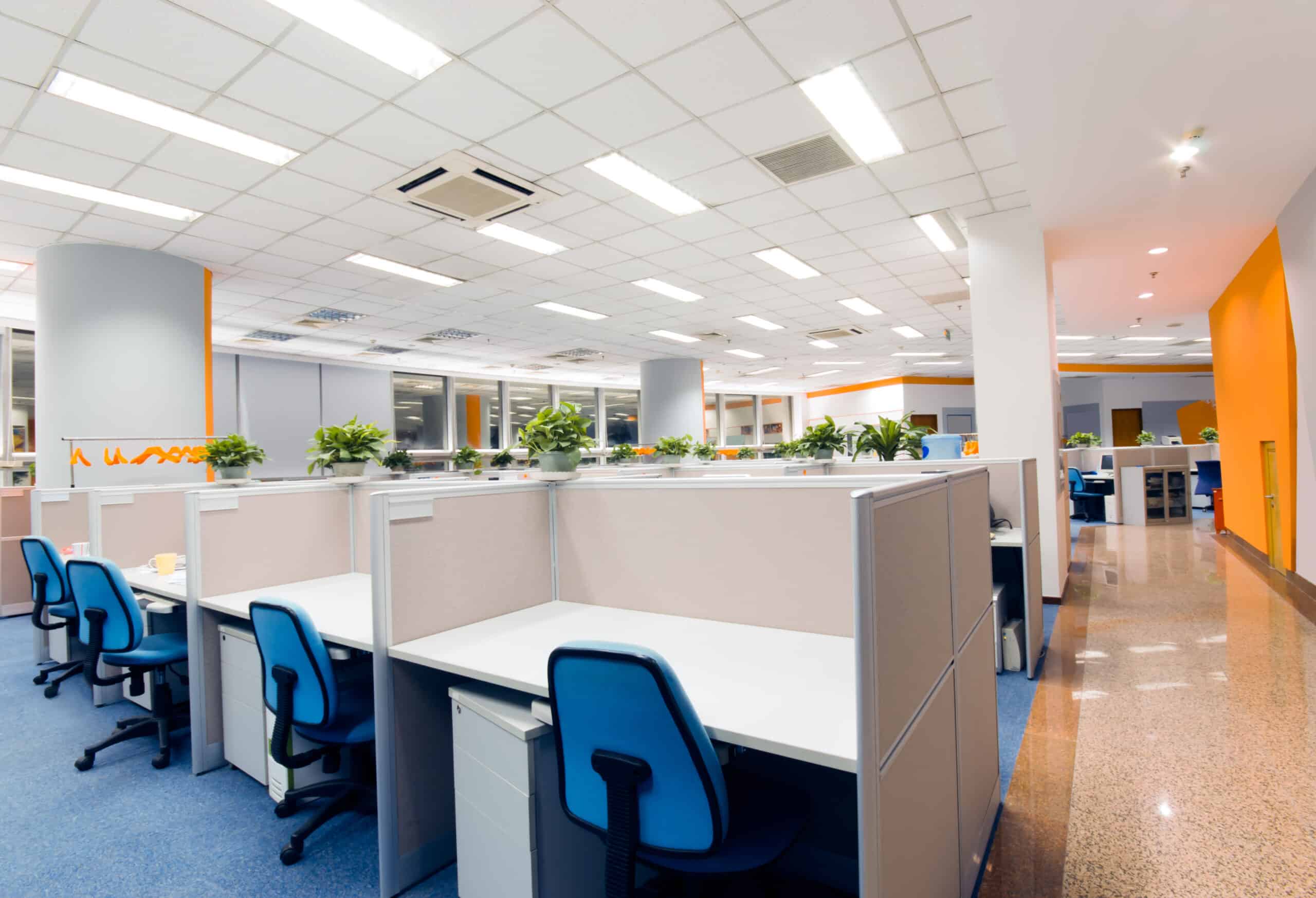Concentration and focus are two undeniable components of workplace productivity. What’s troubling, then, is that research conducted by office furniture giant Steelcase showed how 49% of workers report being unable to concentrate easily at work. Even more alarming? The average person loses 86 minutes (nearly 1.5 hours) per day due to distractions.
Another study conducted by researchers at the University of Sydney asked employees to rank their level of frustration with 16 qualities of their work environment (including office furniture comfort, amount of space, temperature, lighting, etc.) More than half of respondents working in open offices reported being dissatisfied with “lack of sound privacy.”
Fortunately, you don’t have to build each employee his or her own office to alleviate workplace noise distractions. Here are seven steps less drastic steps you can take to reduce noise and boost workplace productivity.
1. Ambient sound
There’s a reason why “white noise” machines are popular sleep aids – the consistency of repetitive, soothing sounds is actually quite comforting. Similar sound machines strategically placed throughout the office can mask workplace distractions, such as laughter, conversations and ringing telephones.
There are also sound-masking systems that use a targeted spectrum of sound to mask the frequencies of human speech. Research has shown that these systems can increase productivity by as much as 38%. Herman Miller has developed a patented sound-masking system which incorporates into their Quiet Technology into some of their furniture lines.
2. Noise-cancelling headphones
Every individual’s noise tolerance and ability to tune out outside distractions is different. If you’re reluctant to impose a one-size-fits-all noise-reduction policy, consider offering noise-cancelling headphones to employees. Yes, it’s an investment. But it’s a one-time investment that pales in comparison to the cumulative costs of hours and hours of lost workplace productivity due to noise distractions!
3. Policy changes
Common courtesy and common sense can lead to huge reductions in workplace noise. Consider implementing “acoustic courtesy” policies such as prohibiting the use of speaker phones and radios in open offices; you can also encourage employees who need lengthy discussions to move the conversation to a conference room, break room or even outside.
4. Sound-absorbing furnishings and accessories
While hard surfaces reflect sounds and increase noise, soft surfaces absorb sounds. Sofas and chairs, carpeting, throw pillows, rugs, curtains and specially designed sound-reducing office furniture all reduce noise. Most office furniture installers are familiar with noise-absorbing products and accessories designed specifically for the workplace.
5. Plants
Not only do plants purify indoor air and make an office feel cozy and inviting, they also reduce sound. Plants with rough bark and/or thick leaves are most effective for sound reduction (good options include peace lilies, philodendrons, dracaenas and Ficus trees.) The more plants, the more effective the noise control will be.
6. Quiet rooms
Office furniture installers are seeing increased requests for installation of so-called “quiet rooms.” These are small, fully enclosed, soundproofed spaces within an open office. In some cases, employees who are sensitive to noise may be offered the opportunity to work in a quiet room, permanently. In other cases, companies hire office furniture installers to create these rooms as temporary respites that employees can use on an as-needed basis.
7. Smart office layouts
If noise from equipment such as printers or photocopy machines is an issue, consider isolating this equipment in one area of the office away from employees’ desks. Additionally, when laying out an office, be mindful of grouping employees according to their job functions (and likely susceptibility for noise overload.) For example, accountants and analysts (whose jobs require concentration) should be situated away from customer service and inside sales reps (whose jobs require conversation).
Open offices encourage camaraderie and collaboration, which are beneficial to productivity. However, noise is an undesirable, productivity-zapping side effect of this arrangement. The tools above can help you achieve the best of both worlds: an open office concept that keeps noise distractions at bay.
There may be other ways to minimize noise in an exisiting office space, and we are happy work with you to implement new or find fixes to exisiting solutions.






